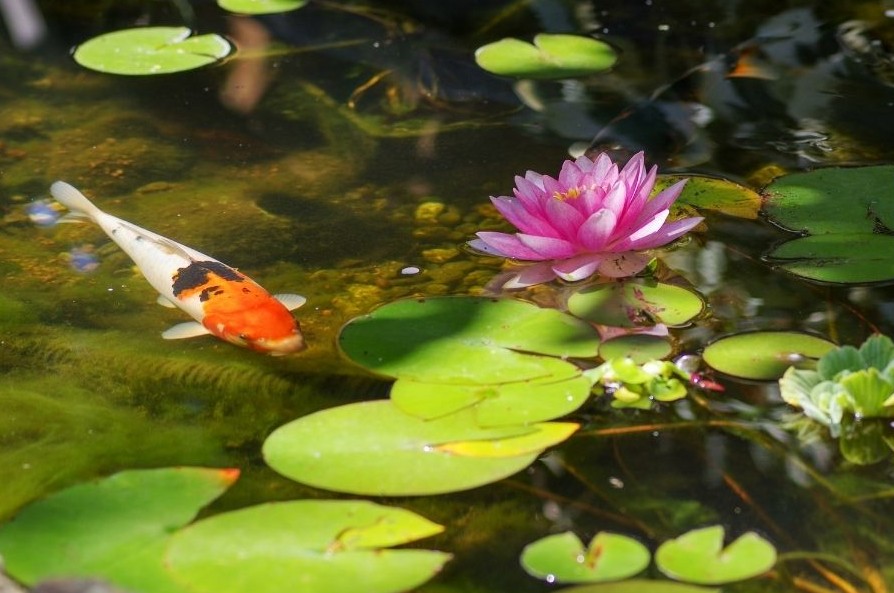Cleaning & Odor Control
EM is made from natural ingredients commonly used in food, so it’s safe even if it comes into contact with the skin, mouth, or eyes. It leaves no harmful residues, making it ideal for families, children, and people with sensitive skin.
Unlike conventional cleaners that only remove dirt temporarily, EM works continuously. Beneficial microbes colonize surfaces over time, helping to prevent dirt from sticking and suppressing harmful bacteria. EM is effective on kitchens, floors, windows, bathrooms, and even on hard-to-wash items like sofas and futons, where it reduces mold and mites by breaking down food crumbs and oils.
Fermentation-Based Dirt Removal
The microbes in EM break down household dirt through fermentation. When poured into drains, EM gradually dissolves sticky organic buildup, preventing clogs. The same fermentation power can be used to turn kitchen scraps into high-quality compost by mixing them with EM Bokashi (fermented rice bran).
Natural Odor Control
With a mildly acidic pH of about 3.5, EM neutralizes alkaline odors such as those from toilets and fish. Instead of masking odors like chemical deodorizers, EM breaks down the organic compounds that cause them—removing smells at the source and preventing recurrence.
Anti-Static for Longer Cleanliness
Dust clings to surfaces through static electricity. EM reduces static, meaning less dust buildup and easier cleaning over time. Regular use creates a self-sustaining cycle of cleanliness.
Cultivating a Healthy Microbial Environment
Air quality is as important as food and water. According to the Chemical Sensitivity Center, 85% of what enters our body by weight comes from the air we breathe—most of it indoors. EM helps maintain a healthy microbial balance in indoor air, similar to environments like forests or sake breweries, where people instinctively breathe more deeply.
Pet Care
Maintaining a clean living space is essential for pet health. Dirty surroundings and unpleasant odors not only stress animals but also increase their risk of illness. The beneficial bacteria in EM produce organic acids that break down and neutralize odors from pet waste, cages, or litter areas.
Using EM on pet bedding and fur suppresses harmful microbes, reducing skin problems and itching. Since EM contains no synthetic chemicals and is safe even if ingested, it can be used safely around both pets and their owners.
Home Gardening
Healthy soil is the foundation of successful gardening, but in residential areas the odors from fertilizers and pesticides can cause problems. EM improves soil quality while suppressing harmful microbes, creating fertile, pest-resistant soil without unpleasant smells.
Applied through watering or foliar spraying, EM strengthens plant immunity and protects against disease. With regular use, beneficial microbes establish themselves in the soil, creating a resilient ecosystem that supports vigorous, stress-resistant growth.
Pond Management
Maintaining pond water quality can be labor-intensive, with problems like algae blooms, foul odors, and sludge buildup. EM provides an eco-friendly solution by balancing the microbial community, suppressing harmful organisms, and breaking down organic debris, such as fallen leaves.
Benefits include:
- Reduced algae growth and improved water clarity.
- Less sludge buildup, lowering maintenance needs.
- Healthier aquatic life, without chemical treatments.
Even in ornamental koi ponds, EM helps maintain water quality naturally, ensuring a cleaner, more attractive environment without resorting to the use of harsh chemicals.
![]()



